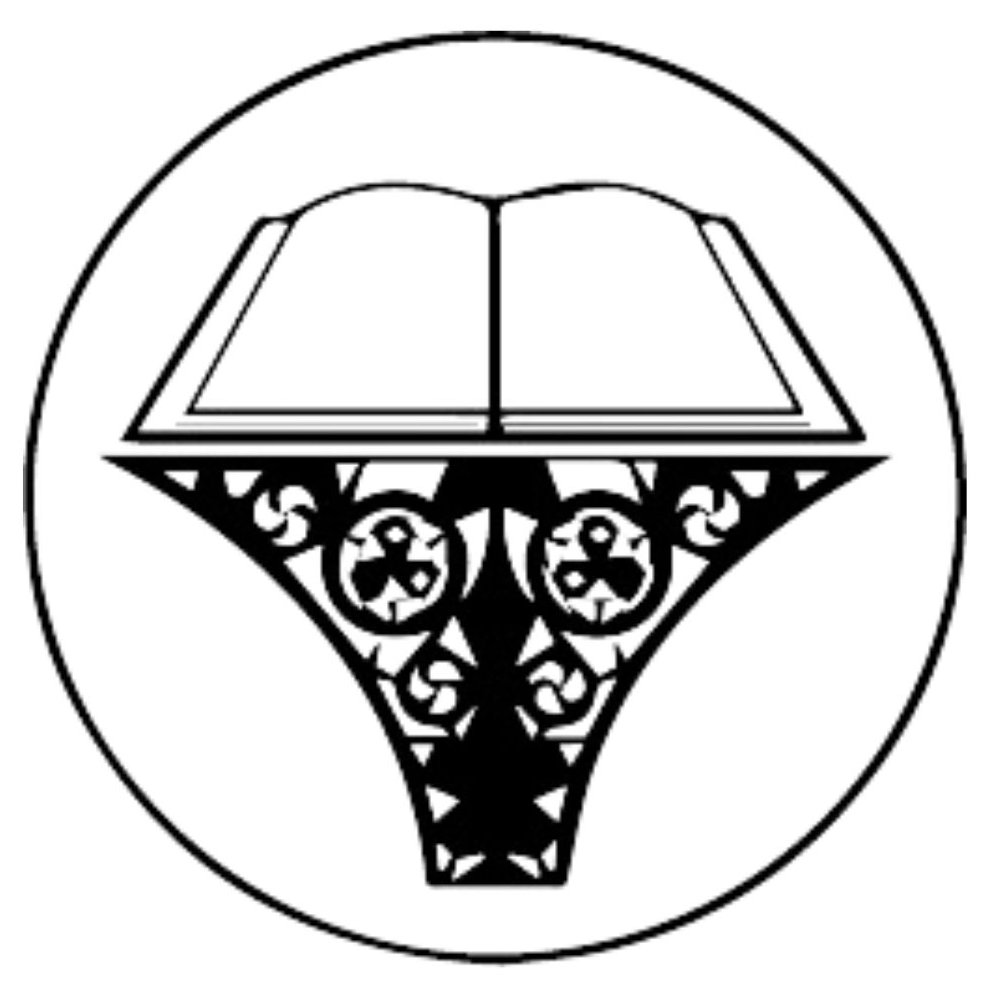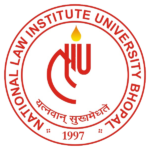Introduction
AI-generated images have become ubiquitous in daily life, transforming ordinary moments into visually captivating stories. Social media is buzzing with creatively generated content, depicting Pope Francis playing basketball and Prime Minister Narendra Modi as a rockstar. Generative AI platforms are not creating content from scratch; they are instead trained on vast datasets, processing billions of parameters derived from image and text archives.
Through this training, AI identifies patterns, establishes relationships, formulates rules, and makes predictions in response to prompts. However, this innovative process introduces legal risks, particularly concerning intellectual property infringement.
This blog explores how copyright law applies to creative works produced by AI. It discusses the challenges of differentiating between AI-generated and human-made art and analyses the inadequacies of current intellectual property frameworks. The article emphasises the importance of a flexible, case-by-case approach and discusses the future trajectory of AI and copyright protection. In conclusion, the article calls for proactive preparation and regulation in a world increasingly reliant on AI.
The Role of AI in Art Creation
AI algorithms stand at the forefront of art creation, pushing the boundaries of creativity through innovative techniques like Generative Adversarial Networks and Style Transfer.
AI leverages the Style Transfer method by drawing inspiration from existing artworks. Using algorithms, it seamlessly applies the distinctive style of one artwork to an unrelated image, resulting in a captivating fusion of artistic elements. The process involves extracting stylistic features from the source artwork and applying them to a target image, creating a visually appealing composition.
Generative Adversarial Networks represent a cutting-edge approach to AI-generated art. Comprising a generator and a discriminator, these neural networks engage in a dynamic dance of creation. The generator crafts entirely new images, while the discriminator evaluates their resemblance to their real-world counterparts. This adversarial collaboration yields wholly unique visuals, refining the generator’s output based on feedback from the discriminator. This iterative and evolving creative process continually enhances the quality of the generated art.
Despite their algorithmic prowess, human artists play a crucial role in the AI art creation process. They curate and feed the AI with datasets, shaping the machine’s understanding of artistic styles and influences. Human input becomes pivotal in selecting and refining the final output, guiding the AI towards the desired aesthetic. The artist’s expertise in composition, emotion, and intent becomes a guiding hand in steering the creative process, emphasising the symbiotic relationship between human creativity and artificial intelligence.
The Ownership Conundrum
Today, AI is used in various domains, including generating local news articles, poetry, music albums, and architectural designs. As AI takes on a more active role in the creative process, defining ownership of AI-created works becomes a nuanced challenge. Simultaneously, the issue of accountability arises in cases of AI-generated copyright infringement. With AI engaging in the creation of works, the responsibility for copyright infringement becomes unclear. This complexity introduces layers to the legal landscape as the autonomous decision-making of AI challenges traditional concepts of accountability in copyright law.
In countries such as India, copyright protection is given to original works of authorship that are expressed in a tangible form. When it comes to AI-generated art, determining copyright eligibility involves evaluating factors such as the level of originality inherent in the AI-created work and understanding the role of human creators throughout the art generation process.
In the United States, copyright protection is limited only to works created by human beings. This principle is based on legal precedents such as Feist Publications v. Rural Telephone Service Company, Inc. and is supported by §101 of the U.S. Copyright Act. According to this section, copyrightable works are original creations that are fixed in tangible mediums.
Although the Act does not define an ‘author,’ it has been established through case law, such as in Naruto v. Slater, where it was stated that computers cannot be recognised as authors. The court reasoned that other sections of the Copyright Act imply that an author must be a human being.
The U.S. Copyright Office is also of the view that works produced by machines or mechanical processes operating autonomously, without creative input from a human, are ineligible for copyright protection. Therefore, the office denies registration for works without a human author.
In a recent legal case, Andersen v. Stability AI et al. (late 2022), three artists collectively filed a class-action lawsuit against multiple generative AI platforms. The artists allege that these platforms used their original works without proper licences to train their AI to replicate the artists’ distinctive styles.
Supporters argue for AI-generated art, citing its positive impact on creativity and democratization. AI, they say, expands creative boundaries, enabling non-artists to produce visually stunning works. The fair use transformation principle is emphasised, aligning AI with fair use principles and contributing to artistic evolution. They stress the inevitability of technology, advocating for adapting legal frameworks to manage AI integration into creative fields.
Critics, however, focus on copyright infringement concerns. Unauthorised use of copyrighted images raises fears of stricter regulations on AI platforms. The devaluation of artists work suggests AI quick replication may flood the market, challenging artists economically and culturally. On the contrary, if the court deems AI-generated works unauthorized, substantial infringement penalties could be imposed.
In India, the definition of computer-generated works under §2(d)(vi) of the Indian Copyrights Act, 1957, was created before AI’s involvement in artistic creation became widespread. According to copyright law, the authorship of such works is attributed to the “person who causes the work to be created.” However, there is an ongoing debate on whether AI entities can be recognised as authors without legal precedent or policy guidance from the Indian Copyright Office, which adds to the current ambiguity.
An incident from 2020 exemplifies the challenge, where an application claiming exclusive authorship by an AI named RAGHAV for artwork was initially rejected. However, a subsequent application attributing authorship to both a natural person and the AI (again, RAGHAV) was granted registration. The basis for this registration approval remains unclear, and a subsequent withdrawal notice from the Copyright Office hints at potential registration errors. Consequently, in India, obtaining protection for AI-created works often requires attributing authorship to a natural person.
Furthermore, §17 of the Copyright Act, 1957, designates the original author as the initial owner of the work. However, complications arise when ownership rights are transferred, as allowed by an agreement, to the employer or the entity commissioning the work, creating challenges in establishing ownership transfer in the context of AI. AI’s inability to execute or authorise further complicates the process of determining ownership.
- 57 of the Copyright Act, 1957, introduces additional complexities, particularly in the realm of special author rights. Moral rights, including paternity and integrity, designed to protect the personal and reputational interests of human authors, present challenges in AI-generated works where AI is considered the author. Attributing these moral rights to a non-human entity becomes a complex endeavor, raising concerns about the practicality and meaningful application of moral rights. The absence of human emotions and subjective experiences in AI adds to the difficulty of enforcing moral rights.
Similarly, the Patents Act, 1970, contains a notable exclusion regarding the applicability of the Act to AI systems. This exclusion, present in §2(1)(p), 2(1)(t), and 6(1)(a), specifically refers to the patentee as a ‘person’ and allows ‘any person’ to file a patent application. §(1)(ja) defines ‘inventive step,’ a crucial criterion for patentability, emphasising that the invention must not be ‘obvious to a person skilled in the art.’ This deliberate use of terminology consistently referring to a ‘person’ places limitations on the rights within the scope of the Act, effectively excluding AI systems from its purview.
In the UK, the recent decision by the Supreme Court regarding Stephen Thaler and his AI system, Dabus, is a major milestone in the field of intellectual property law and AI. The court’s ruling emphasised the importance of the ‘natural person’ requirement, stating that AI cannot be recognised as an inventor under the Patents Act, 1977. This decision has far-reaching implications for the role of AI in art and its patentability in the country.
While the court acknowledged policy considerations, it highlighted the ‘human factor’ as essential for innovation and effective patent system administration. Thaler’s attempt to secure patents on Dabus’ creations was unsuccessful, setting a legal precedent likely to influence global debates on the patentability of AI-generated invention.
Conclusion
The emergence of AI art represents more than just a technological advancement. It offers an opportunity to redefine the concepts of creativity and ownership. By imagining a future where human and machine intelligence collaborate ethically, we can create an artistic environment that avoids a dystopian scenario and instead becomes a lively combination of human-machine co-creation. In this future vision, the algorithmic palette is used as a dynamic tool that enables the creation of innovative masterpieces on the vast canvas of our collective imagination, rather than a replacement for the human hand.
However, it is important to recognise that AI as a tool has the potential for both positive and negative outcomes. It is our responsibility to ensure its beneficial use for humanity and to avoid any dehumanisation of art. Striking a balance between using AI to enhance creativity and maintaining originality and individuality is crucial. Ultimately, the future of AI art is in our hands; we can use it to create a more beautiful and expressive world, or we can risk allowing it to erode the very essence of our humanity.
The author believes that intellectual property laws are adapting to recognise AI-generated works, but specific legislation is still being developed. Each case is evaluated on its own merits, with courts analysing the technology and human contributions involved. As AI technology advances, it is important to balance its achievements with protection for human creators. Legal frameworks and international discussions will continue to shape the treatment of AI-generated works, ensuring they receive proper IP protection. It is important to structure and identify the rights and limitations of works created by AI to maintain a balance with other copyrights.
The post is written by Ayush Pandey and Sneha Agarwal. They are second year students in B.Sc.L.L.B., NLIU Bhopal.






